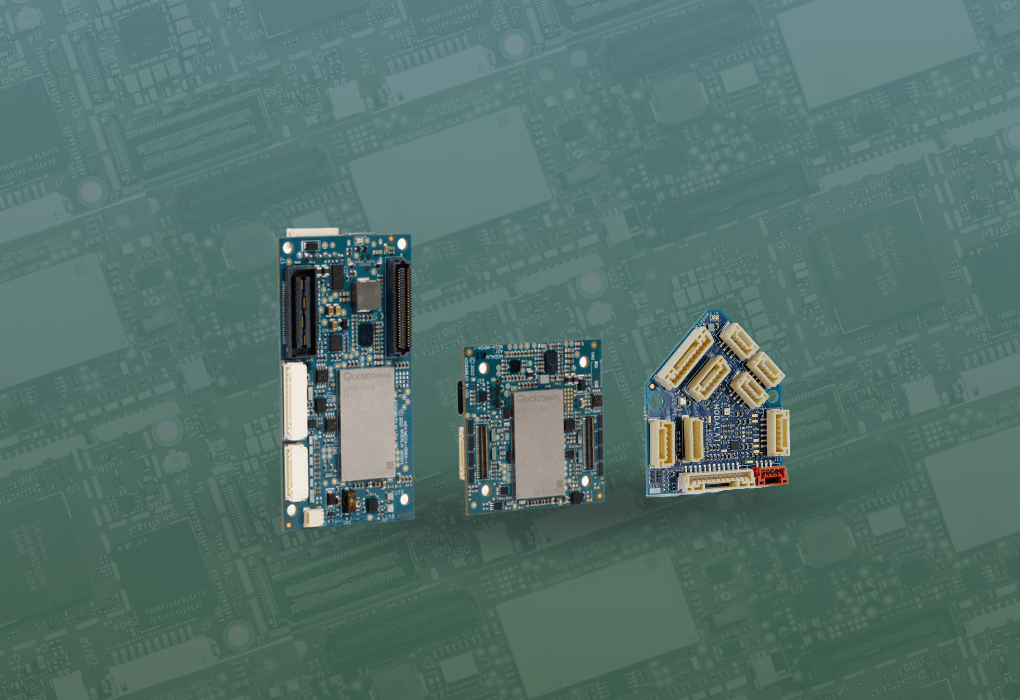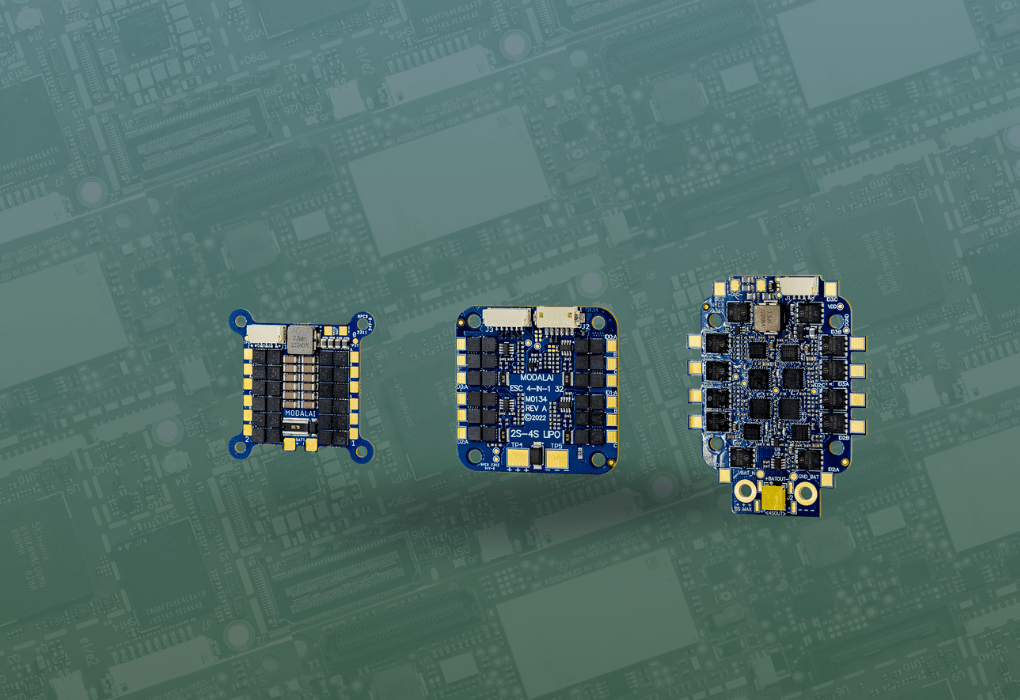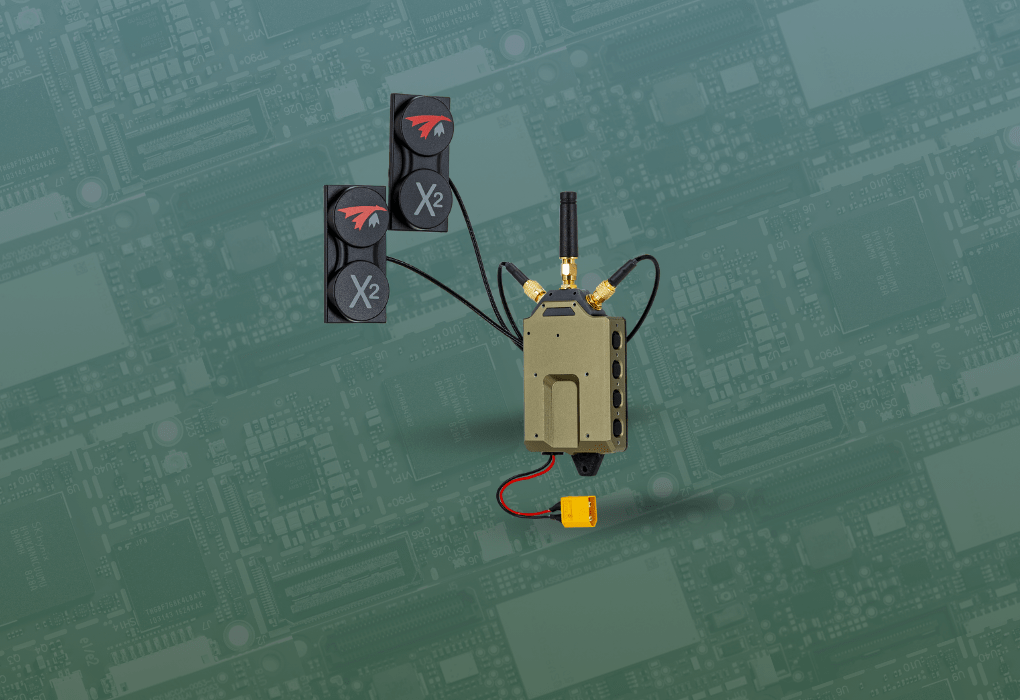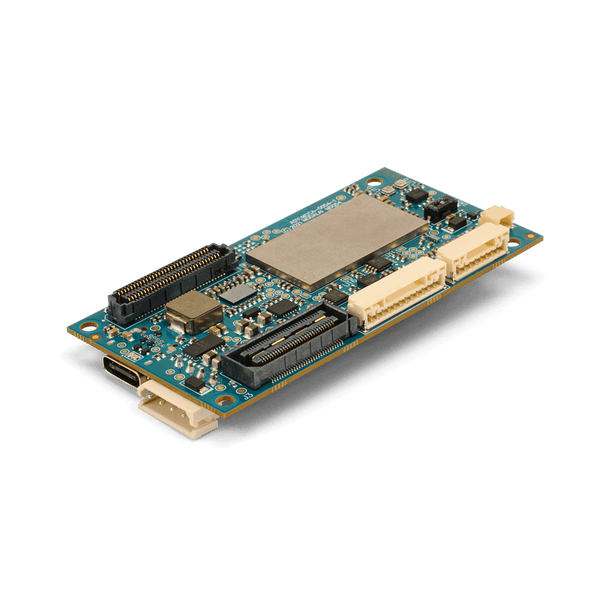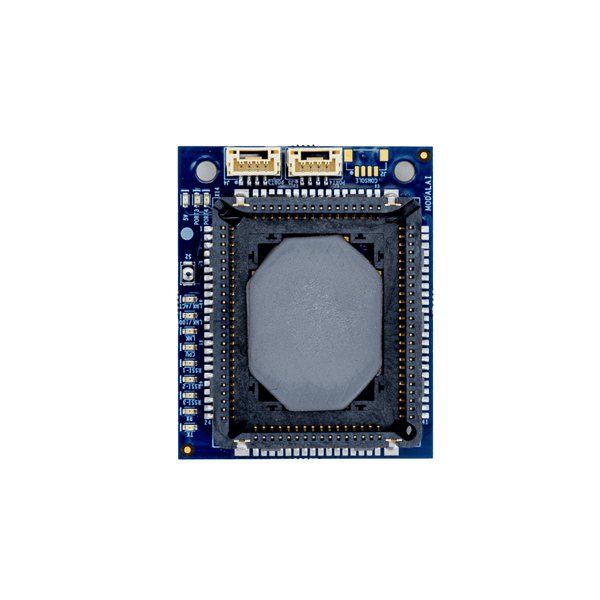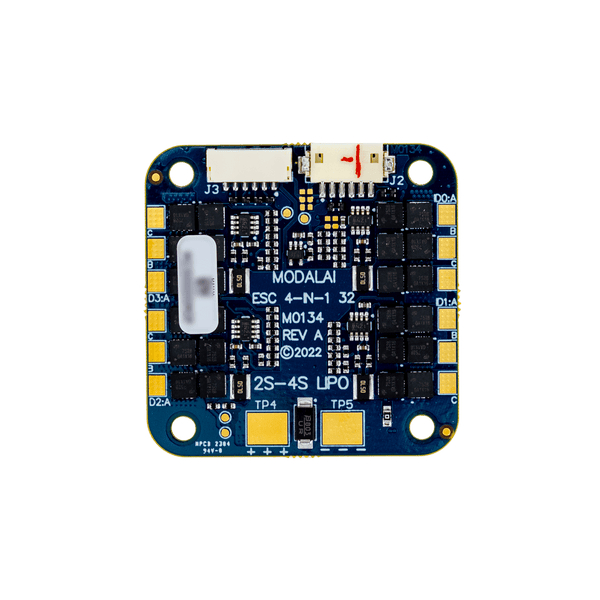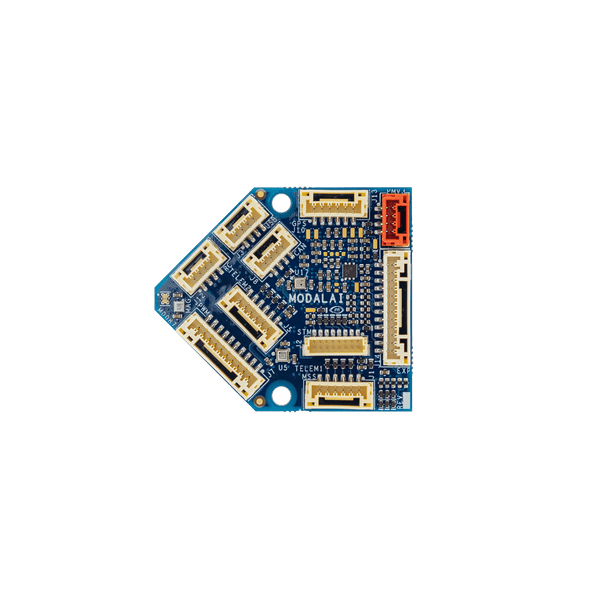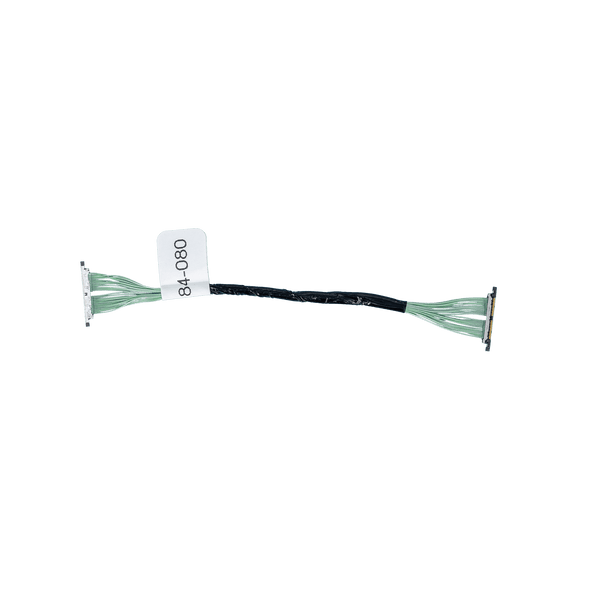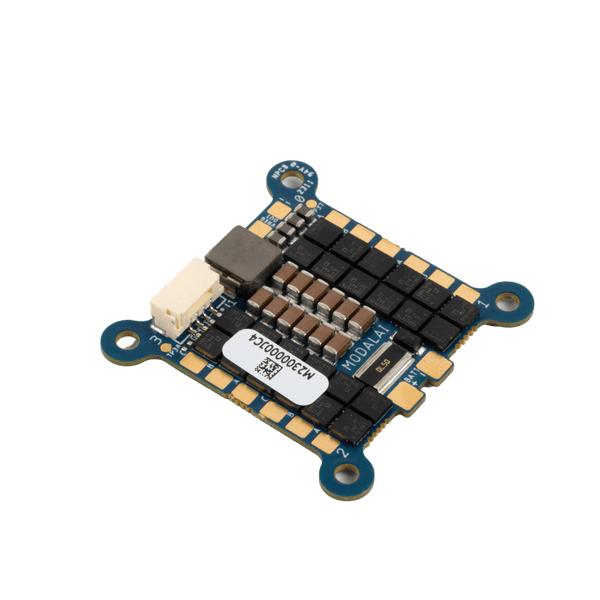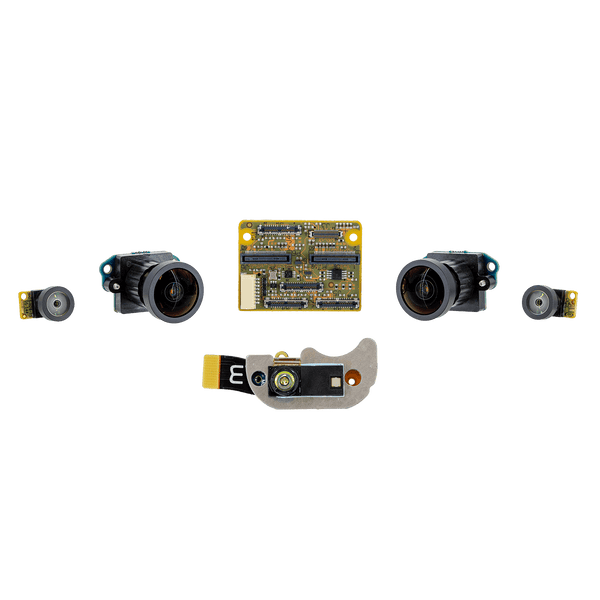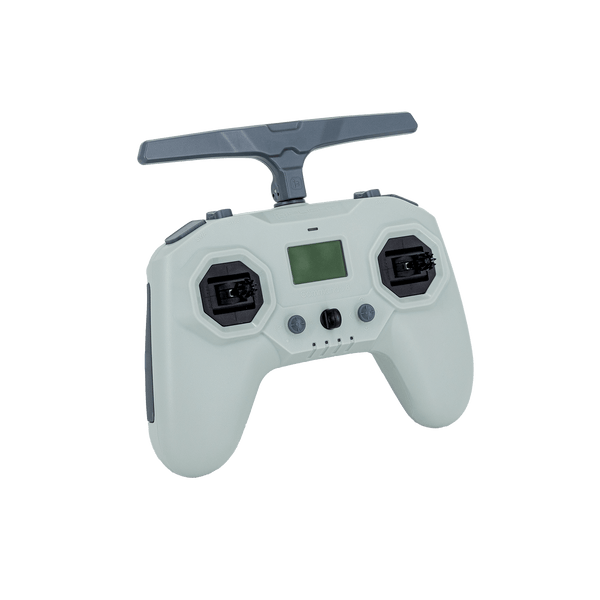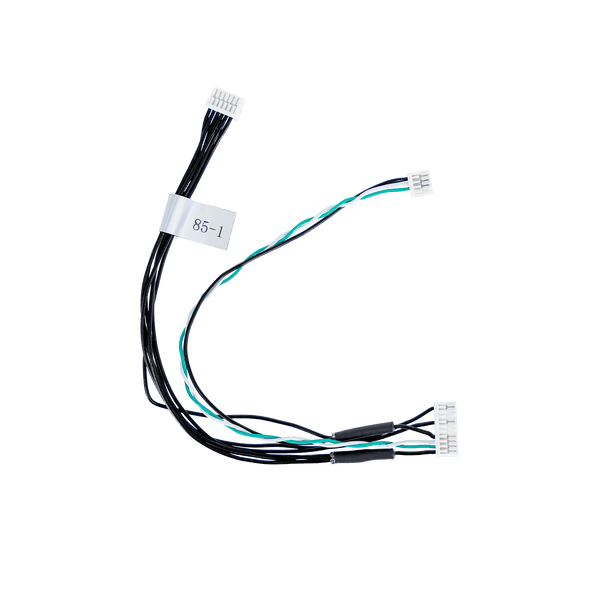First Person View (FPV) drones are unmanned aerial vehicles (UAV) that provide low-latency and long-range video feed to the pilot, giving them a remote view of the world around them.
ModalAI's American-made FPV drone components reduce operator training by enabling autonomous flight. They feature digital, encrypted, low-latency video that has been tested over 11km.
ModalAI's Stinger Vision FPV, built in the USA, is a ready-to-fly, low-training FPV drone suitable for government operators and developers. The Stinger Vision FPV is NDAA-compliant and based on the Blue UAS-Cleared Seeker Vision FPV drone.














